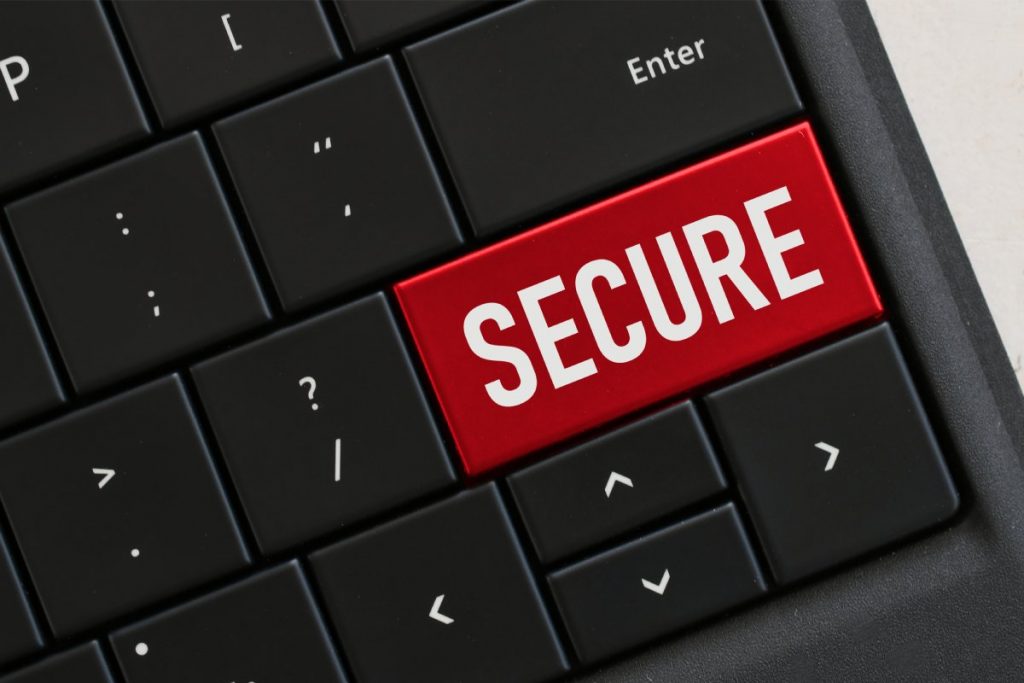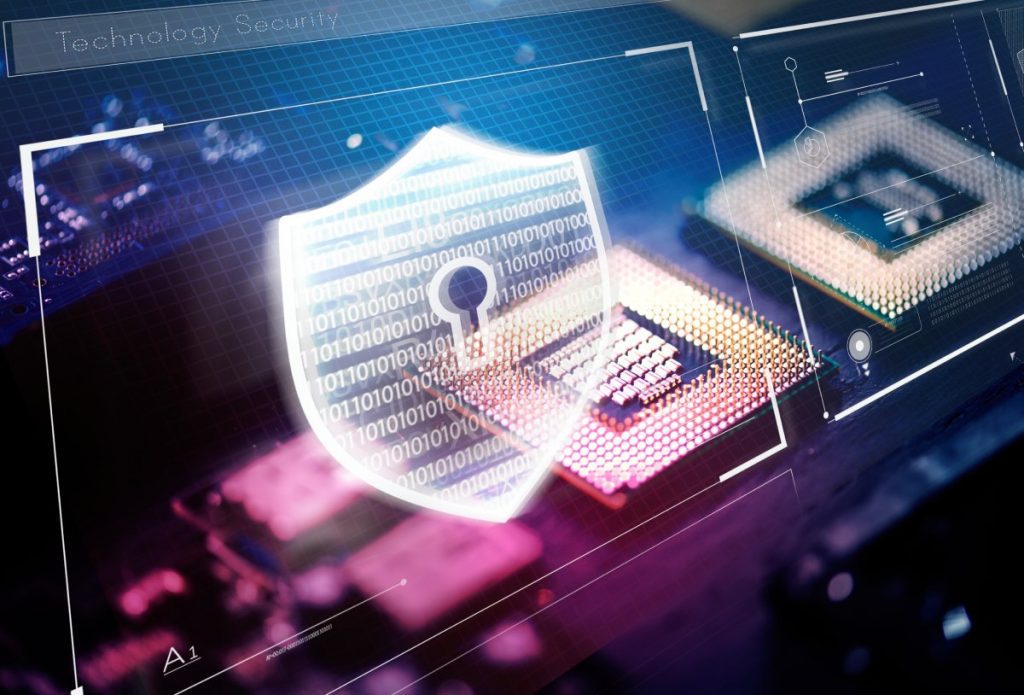Everyone treasures the key to their house or car to feel secure, knowing their precious assets are locked up and under their monitor. That’s the physical form of security in our daily lives. The virtual world, or online world per se, revolves around the password security spectrum. It’s the virtual form of the key blueprint in this modern era. As the cloud computing technology skyrocketed, storing passwords online has become the norm. Are we ambiguous to remember half the passwords we have first set out, mainly relying on autofill and cloud password manager? There isn’t any shame in doing that, considering how many accounts we have created over the years: e-banking, e-wallet, personal emails, work emails, endless apps on your phones, and more.
Unfortunately, compromised passwords have been occurring way too frequently that every time an app requires us to re-enter or reconfirm our password entry, it immediately triggers our inner self to ask whether it is a fraud this time around or not. The consequences often are bizarre and hard to settle, especially when financial loss is involved, personal reputation damage due to identity theft, and the legal aftermath.
According to research conducted by SpyCloud in 2022, they recovered 721.5 million exposed credentials from the criminal underground. On top of that, nearly 22 billion device and session cookie records were discovered. All of this data could be used for session hijacking through a multi-factor authentication bypass.
In today’s blog, we’ll explore the password security world and how you can create your unbreakable password following the latest security practices to stay put and away from hackers.
Is password security overhyped?
In reality, passwords are the sole barrier between hackers and our private valuable data. Having multiple accounts, apps, and digital devices, we often sacrifice creating strong and secure passwords over conveniences, meaning we keep creating passwords that would be easy to remember, repeatedly, or having the same passwords for all accounts without considering losing them. Under any circumstances of getting exploited, we would blame them all on luck; isn’t that just absurd?
How Our Passwords Get Hacked?
According to a study by the University of Maryland, hackers can crack passwords in approximately 39 seconds on average. That proves how incredibly “strong” our passwords are. Do these hackers randomly enter our system and snap our credentials in less than a minute? In which way is it even possible?
Malware Infiltration
Sophisticated and malicious software, known as malware, can be specifically crafted to target and extract sensitive data, including passwords, usernames, and email addresses. Unbeknownst to users, when they input this information, the malware swiftly siphons it off and transmits it to the cybercriminal masterminds behind the operation. This insidious method allows hackers to gain unauthorized access to personal accounts and exploit the stolen data for immoral purposes.
Data Breach
The ominous occurrence of a data breach arises when unauthorized entities infiltrate a database housing invaluable login credentials. These breaches can emanate from myriad sources, encompassing security misconfigurations, misguided email transmissions, precisely targeted hacking endeavors, or exploitable system vulnerabilities. Once in possession of such stolen data, cyber malefactors can unabashedly capitalize on it for their malicious intents, posing a grave threat to the affected individuals and organizations.
Phishing
This insidious technique involves crafty cybercriminals luring users into unwittingly surrendering their login details through cunningly deceptive emails or meticulously designed websites. Unsurprisingly, phishing stands tall among the top four strategies data breach perpetrators employ to infiltrate systems and procure valuable login credentials.
Accidental Exposure and Insider Threats
It is common to encounter situations where employees inadvertently share their passwords with colleagues or retain account access even after resigning from an organization. These unintentional password exposure or unauthorized access create a gateway for cyber-attacks and data breaches, leaving sensitive information vulnerable to exploitation.
Creating Unbreakable Passwords
Enhancing Password Strength
To generate a genuinely robust password, consider the following factors that contribute to password strength:
- Length: Aim for a minimum of 12 characters.
- Complexity: Utilize a combination of uppercase and lowercase letters, numbers, and symbols.
- Unpredictability: Avoid incorporating personal information, common dictionary words, or easily guessable phrases.
Utilize Password Managers
Password managers are valuable tools for generating and securely storing complex, unique passwords. These applications facilitate the creation of unbreakable passwords and eliminate the need to remember them all. A master password is employed to encrypt and access your password vault.
Implement Two-Factor Authentication (2FA)
Enabling two-factor authentication adds an extra layer of security by requiring users to authenticate their identity through a secondary method, such as a text message or fingerprint scan. This additional step significantly reduces the likelihood of a successful cyber attack.
Avoid Writing Down Passwords
Recording passwords on physical or digital mediums can grant unauthorized access to your accounts or systems if the written password falls into the wrong hands. Additionally, using the same password across multiple accounts increases the risk of compromising multiple accounts simultaneously.
Avoid Transmitting Passwords Over Insecure Connections
Passwords can be intercepted and stolen if you log into your online accounts using an insecure internet connection. Cybercriminals often use this method to steal data, including passwords, when individuals use public Wi-Fi networks. Connecting only through secure websites (HTTPS) or a virtual private network (VPN) is advisable.
Refuse to Share Passwords
According to a survey by the Ponemon Institute, 51% of employees admit to sharing passwords with colleagues to access business accounts. Sharing passwords relinquishes control and compromises security. Maintaining exclusive control over your passwords is crucial for maintaining optimal security.
Never Reuse Passwords
Reusing the same password across multiple accounts exposes you to the risk of credential-stuffing attacks, a technique frequently employed by cybercriminals. Ensuring each account has a unique and robust password significantly mitigates the risk and enhances overall password security.
Password is your own liability
Developing unbreakable passwords doesn’t mean it must be complicated or strangely difficult to memorize. It means creating a password that is mindful and cautious. By adhering to the above guidelines and staying abreast of the latest trends in cybersecurity, you can somewhat play this battle safe and sound. Remember, a password is your property and lies within your power and control. Don’t let convenience take the lead; don’t choose comfort over security! In the end, you are the one who is responsible for identity theft, your reputation got assaulted, and your money at a loss!
ContactContact
Stay in touch with Us



